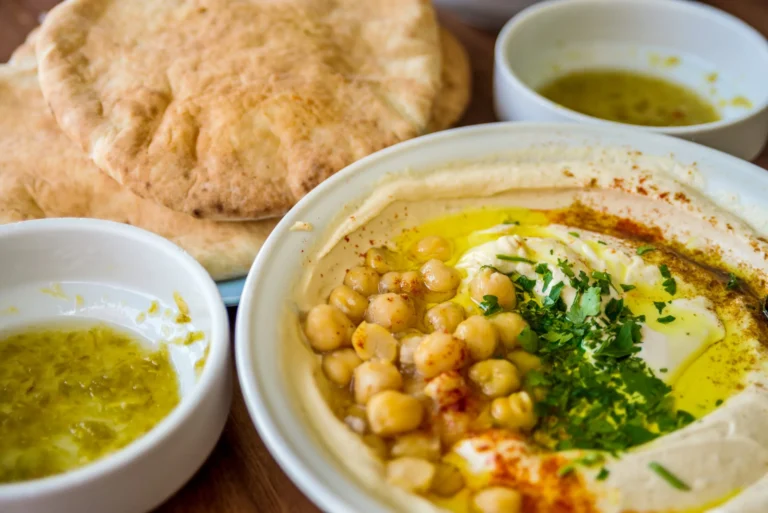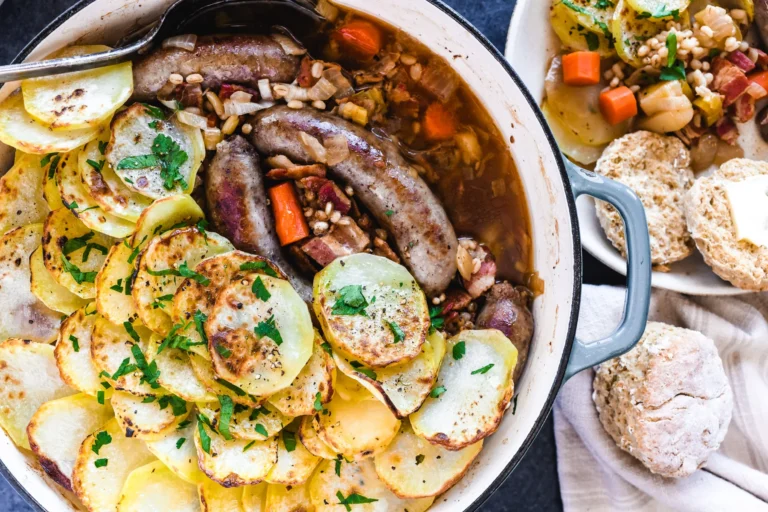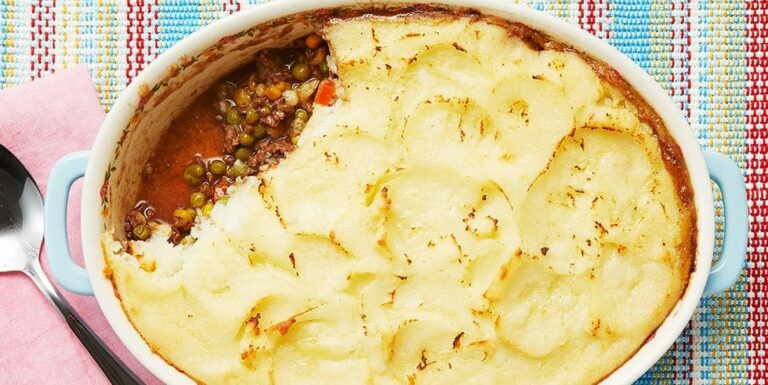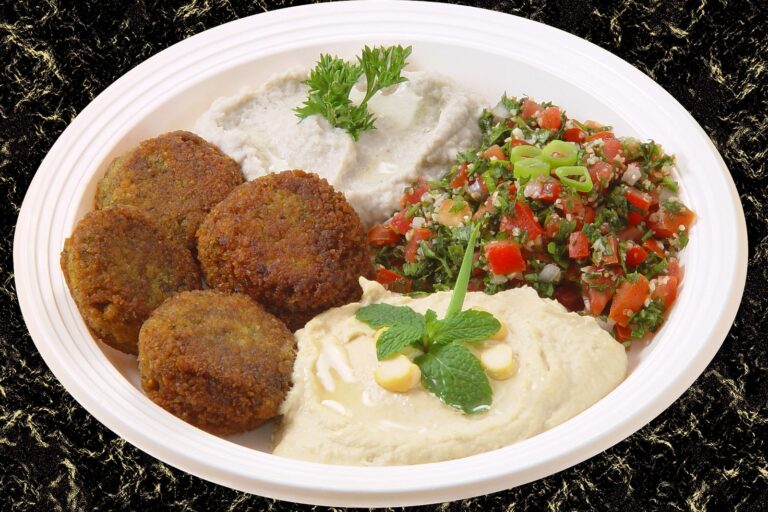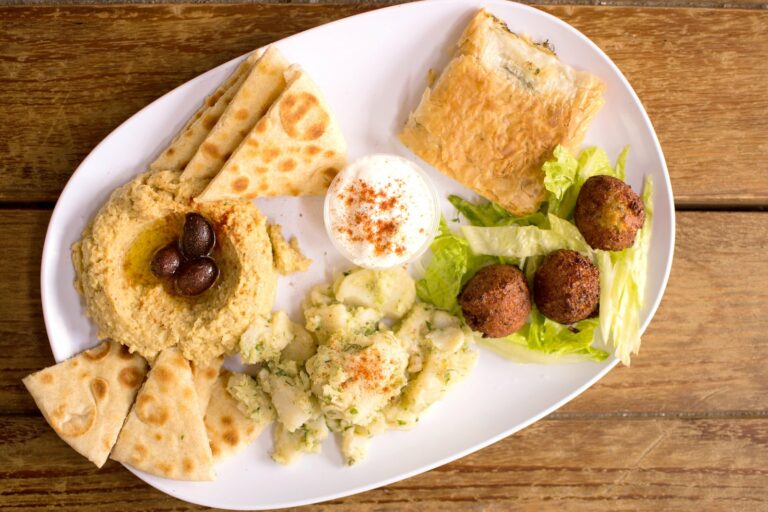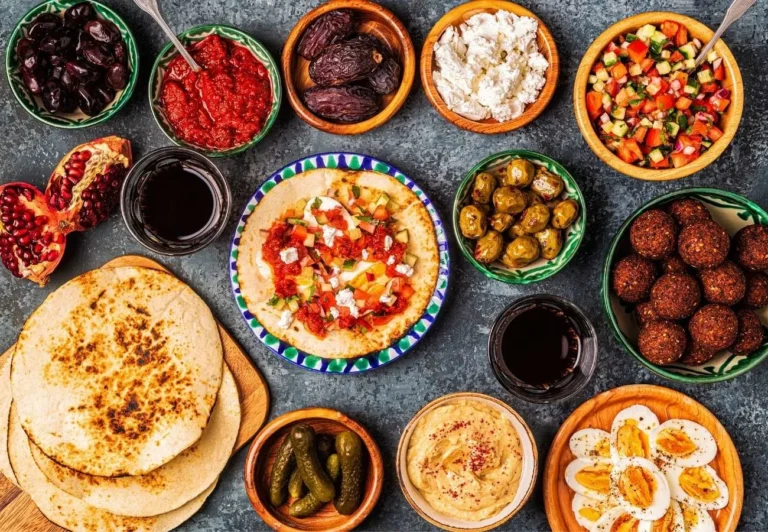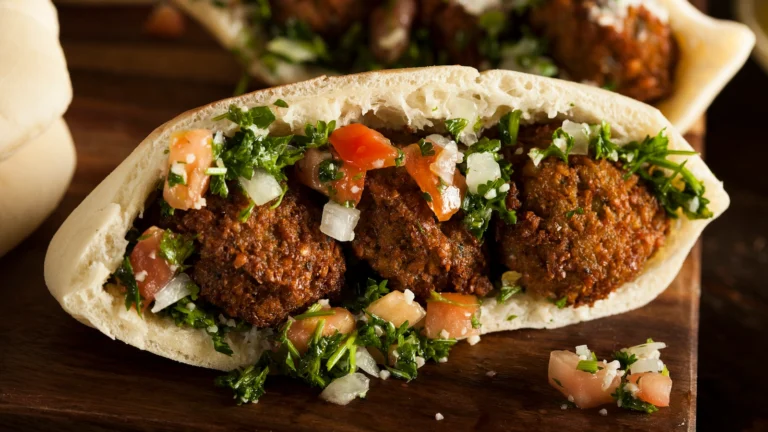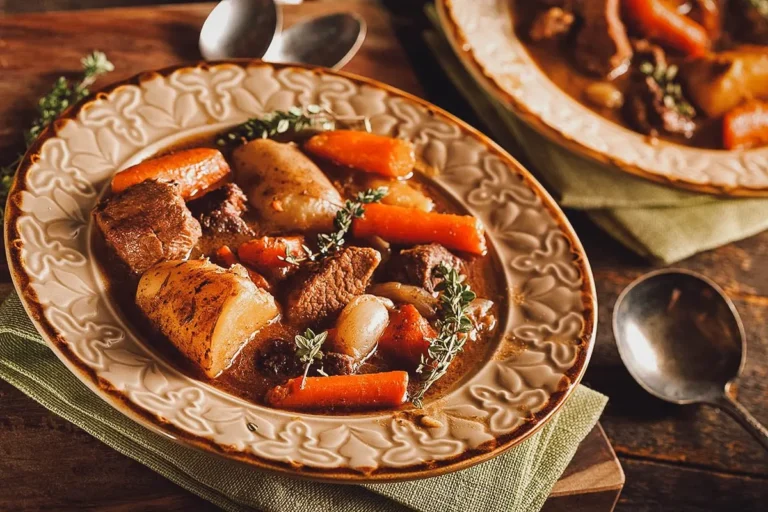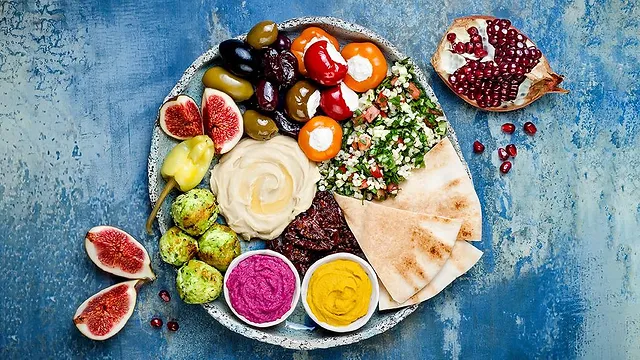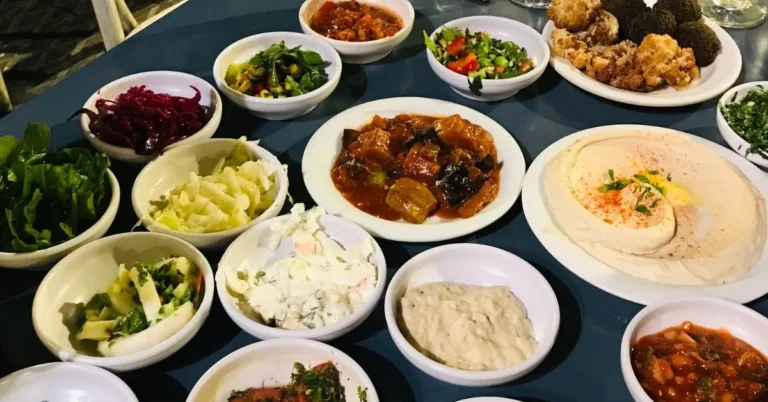Israeli agricultural practices and cuisine
Israel is a small country with a diverse range of climates and landscapes, which has led to the development of a unique agricultural industry in the region. Israeli farmers have developed innovative techniques to overcome the challenges of growing crops in arid regions, including drip irrigation and utilizing brackish water sources. The agricultural practices in Israel have not only ensured the nation’s food security but have also had a significant impact on the nation’s cuisine.
The impact of Israeli agriculture on food
The agricultural practices in Israel have heavily influenced the nation’s cuisine. Israeli cuisine is characterized by the use of fresh, seasonal produce, herbs, and spices. The agricultural industry in Israel has a focus on sustainable and organic farming practices, which ensure the quality and freshness of the produce used in Israeli dishes. The emphasis on local and seasonal produce has led to the creation of dishes that are both healthy and delicious. Additionally, agricultural practices in Israel have also influenced the preparation of food. For example, the use of fire-roasting and grilling techniques to cook meat and vegetables has become a signature style of Israeli cuisine.
The use of local produce in Israeli dishes
The use of local produce is an essential component of Israeli cuisine. Israeli chefs and home cooks alike take advantage of the fresh, seasonal fruits and vegetables that are available throughout the year. This focus on local produce ensures that the ingredients used in Israeli dishes are both fresh and flavorful. For example, the use of fresh tomatoes, cucumbers, and herbs in Israeli salads, and the use of seasonal fruits in desserts, are staple dishes in Israeli cuisine. The use of local produce in Israeli cuisine not only enhances the flavor of the dishes but also supports local farmers and the agricultural industry in Israel.
Sustainable farming techniques in Israeli cuisine
Sustainable farming techniques are an integral part of Israeli agriculture and cuisine. Israel is a world leader in sustainable farming practices, such as drip irrigation, which maximizes water efficiency and minimizes waste. The agricultural industry in Israel also focuses on organic farming practices, which limit the use of harmful chemicals and pesticides. These sustainable practices not only ensure the health and safety of the produce but also contribute to the preservation of the environment. Israeli cuisine is characterized by a focus on fresh, whole foods, which are minimally processed and have a minimal impact on the environment.
The role of agriculture in shaping Israeli cuisine
Agriculture has played a significant role in shaping Israeli cuisine. The focus on fresh, seasonal produce and sustainable farming practices has led to the creation of a cuisine that is healthy, delicious, and environmentally conscious. Israeli agricultural practices have also influenced cooking techniques, with the use of fire-roasting and grilling techniques becoming a signature style of Israeli cuisine. The agricultural industry in Israel continues to innovate and develop new techniques to overcome the challenges of growing crops in arid regions, which is likely to shape the cuisine further in the future.
How Israeli agriculture has influenced global cuisine
Israeli agriculture has had a significant impact on global cuisine. The emphasis on fresh, local produce and sustainable farming practices has influenced the farm-to-table movement worldwide. Israeli chefs and home cooks have also popularized the use of fire-roasting and grilling techniques in cooking meat and vegetables. Additionally, Israeli cuisine has introduced global audiences to a range of unique flavors and spices such as za’atar and sumac. The influence of Israeli agriculture on global cuisine is likely to continue as more people become interested in sustainable farming practices and the importance of fresh, whole foods.

